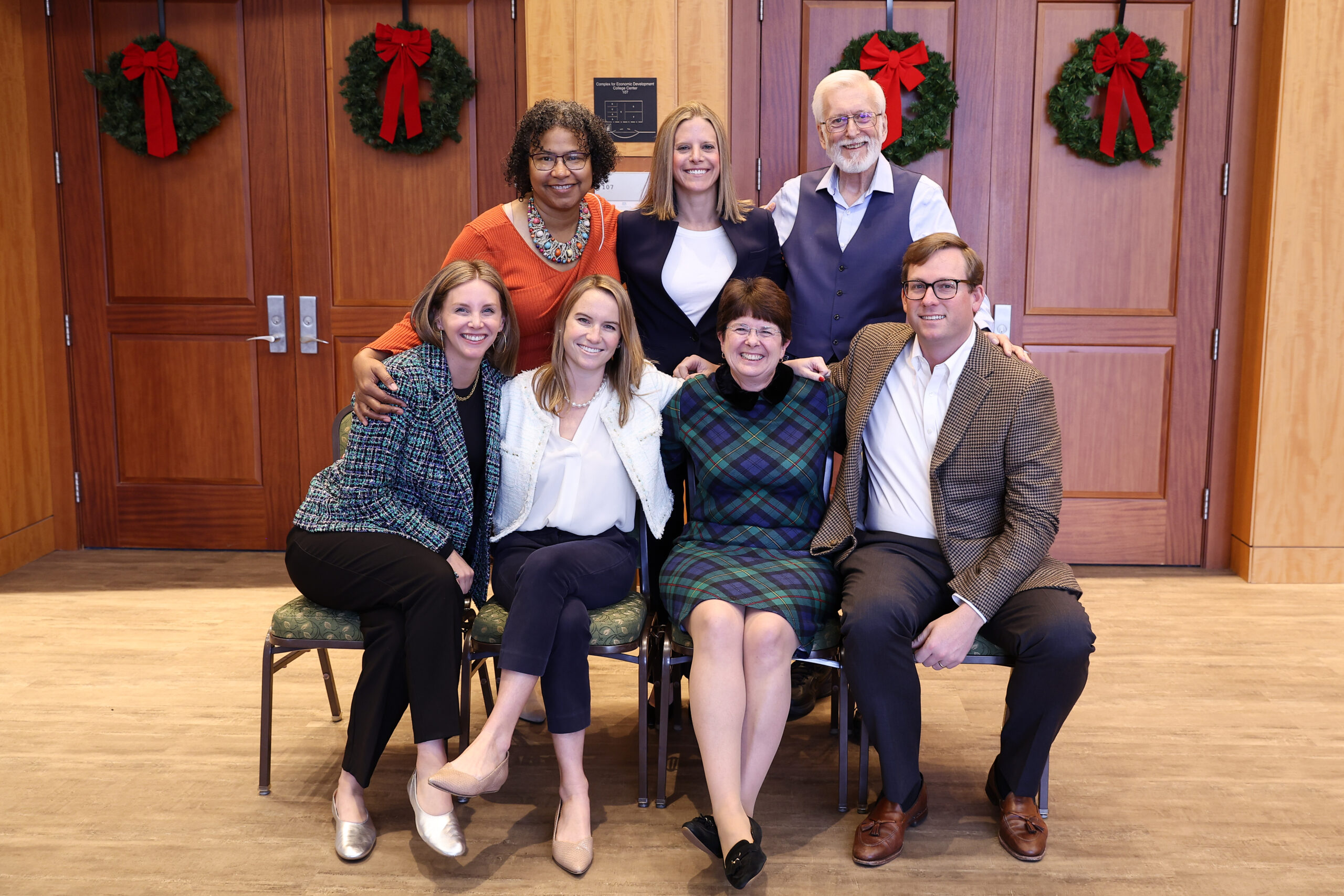Team Members: Lauren Benton, Renee Harvey, Marilyn Hemingway, Deion Jamison, Karen Riordan, Leslie Skardon, Solomon Stevens
Our team took 15 students from North Charleston High School and 15 students from Lucy Beckham High School on an exploration of Bulls Island. All the students were 11th or 12th graders from Marine Science or Marine Biology classes, so they already had this background in common. We took a bus as far as Garris Landing for an orientation to the Cape Romain National Wildlife Refuge, where we were joined by a number of staff from Coastal Expedition (three guides, a boat captain, two truck drivers, a park ranger, and others).
And then we all boarded the ferry. In spite of the chilling wind across the estuary, we forged ahead to Bulls Island. While on the ferry, we had our first ice breaker–a “speed dating” style exercise. Students from one school sat on the inside circle of the ferry and the students from the other school sat on out outside. Every 20-30 seconds, they would get a question from the leaders, introduce themselves and answer an easy question. With each new question, the outside circle would rotate so that new people faced one another, and they would begin again. The ferry ride was truly beautiful, and the students were clearly affected by the experience.
When we got to the island, we divided into two groups, so that the students from one school would sit with students from the others, and we piled into two open trailers, which were pulled around the island. Along the way, we learned about the wildlife on the island–including birds and marine life, including a number of very impressive alligators. We learned about rising sea levels and their effect on the island and the biodiversity of the wooded areas. We were taken all the way across the island to a beach, known as Boneyard Beach (because of all remnants of dead trees). At this point, we all got off the trailers and had a chance to walk along the beach, exploring. The students had a great time, laughing, talking, and picking up seashells as souvenirs. When we got back in the trailers, the staff had students hold up their shells, and they explained what the shells were and what kind of sea life had lived in them.
Our next stop was Dominick House, the only house on the island. It was built in the 1920’s by the Dominick family, who owned the island at the time and built the house as a base for duck hunting. But when the Great Depression came, they sold the island to the U.S. Fish and Wildlife Service, where it became part of the Cape Romain Wildlife Refuge.
A lunch of sandwiches, chips, and cookies was served, and students went inside the house to eat. The atmosphere was friendly, and the students were happily engaged with one another–talking about the island, the wildlife they had seen, and the sandwiches. The encounter with nature as a common experience broke through any of the potential awkwardness that young people from very different backgrounds might have otherwise had with one another.
After we were finished eating, we had a presentation from Vera Manigualt, a Gullah Geechee sweetgrass basket artisan and historian, who has appeared on CNN, the Discovery channel, and the Today Show, among other shows. She was charming, funny, and informative. All the students loved her. They were completely engaged, and they examined with great interest the baskets that she sent around. And then there were a flurry of excited questions from the students. It was hard to end this session, but we had to begin our trip back to the mainland and then on to return the students to their schools.
The ferry ride back to Garris Landing was beautiful, and everyone felt the power of the day we had shared together. These students had already studied nature in the classroom, but this immersion in nature was experiential learning at its best. The students felt what they had in common, without talking about it directly. Their high school teachers are, no doubt, excellent, but we found that nature is the best teacher.
